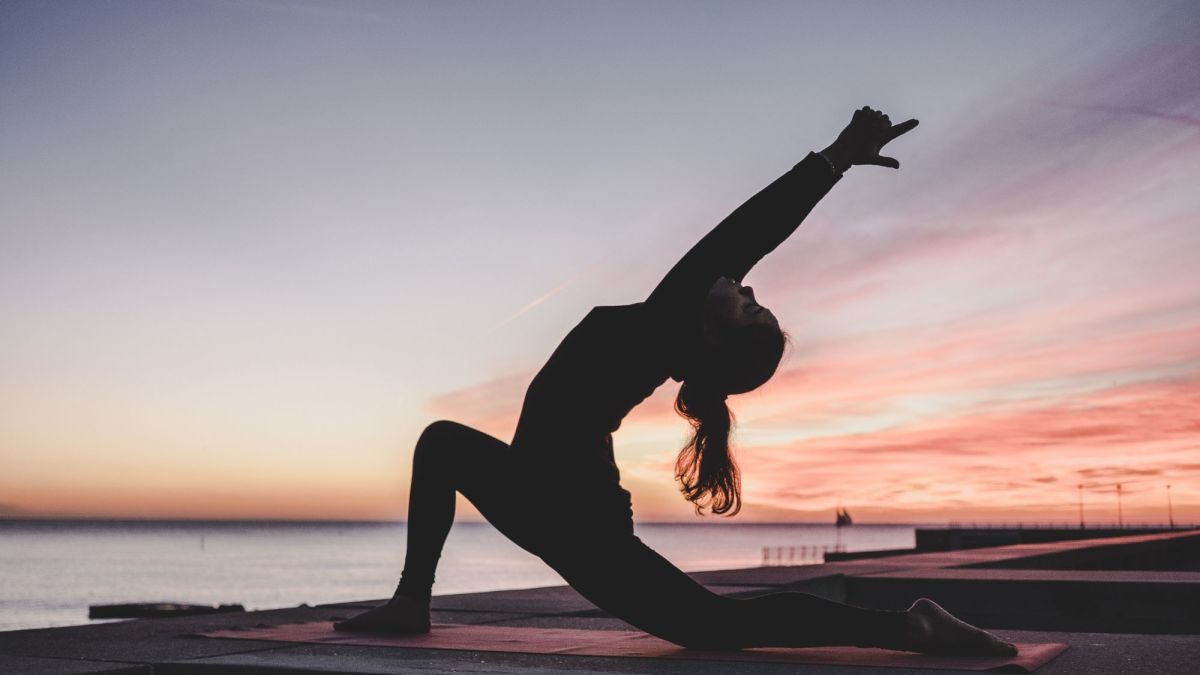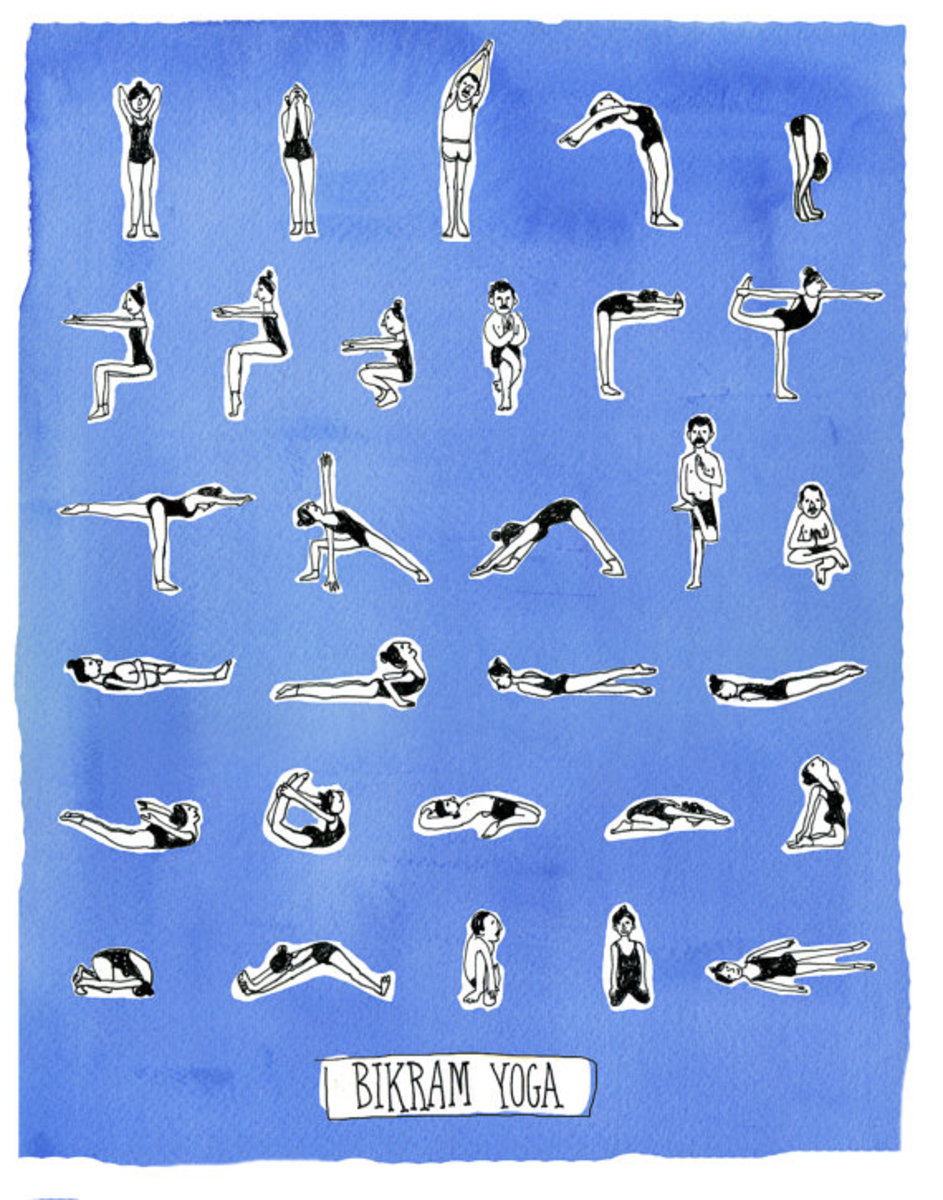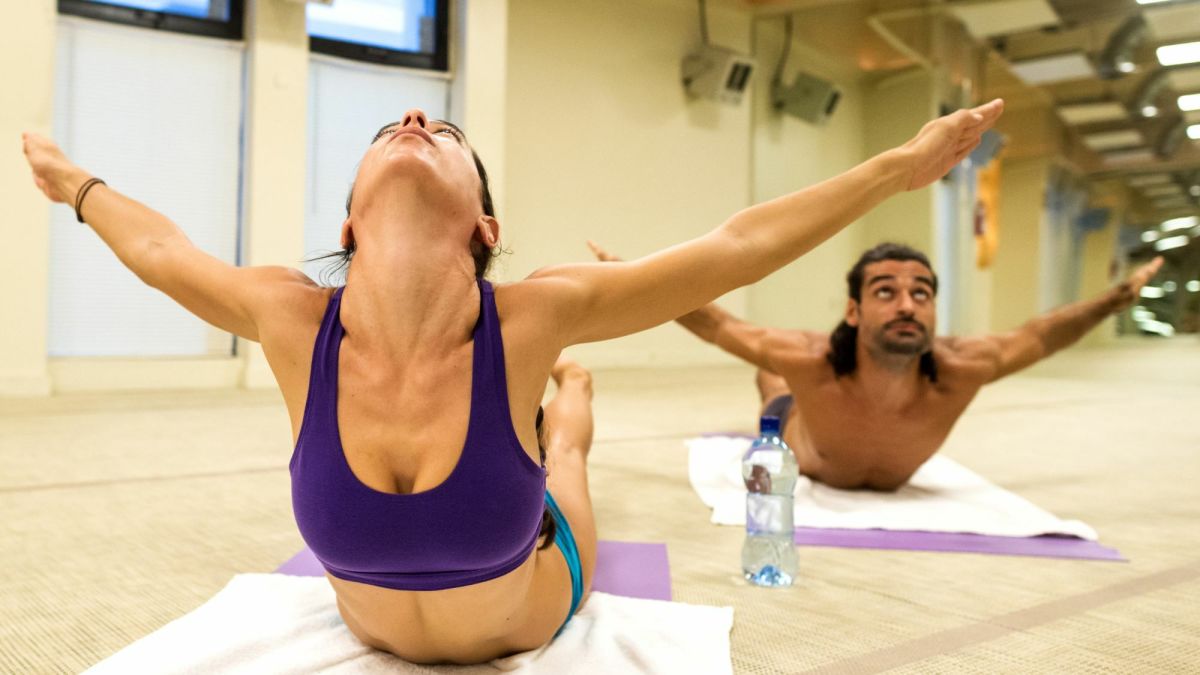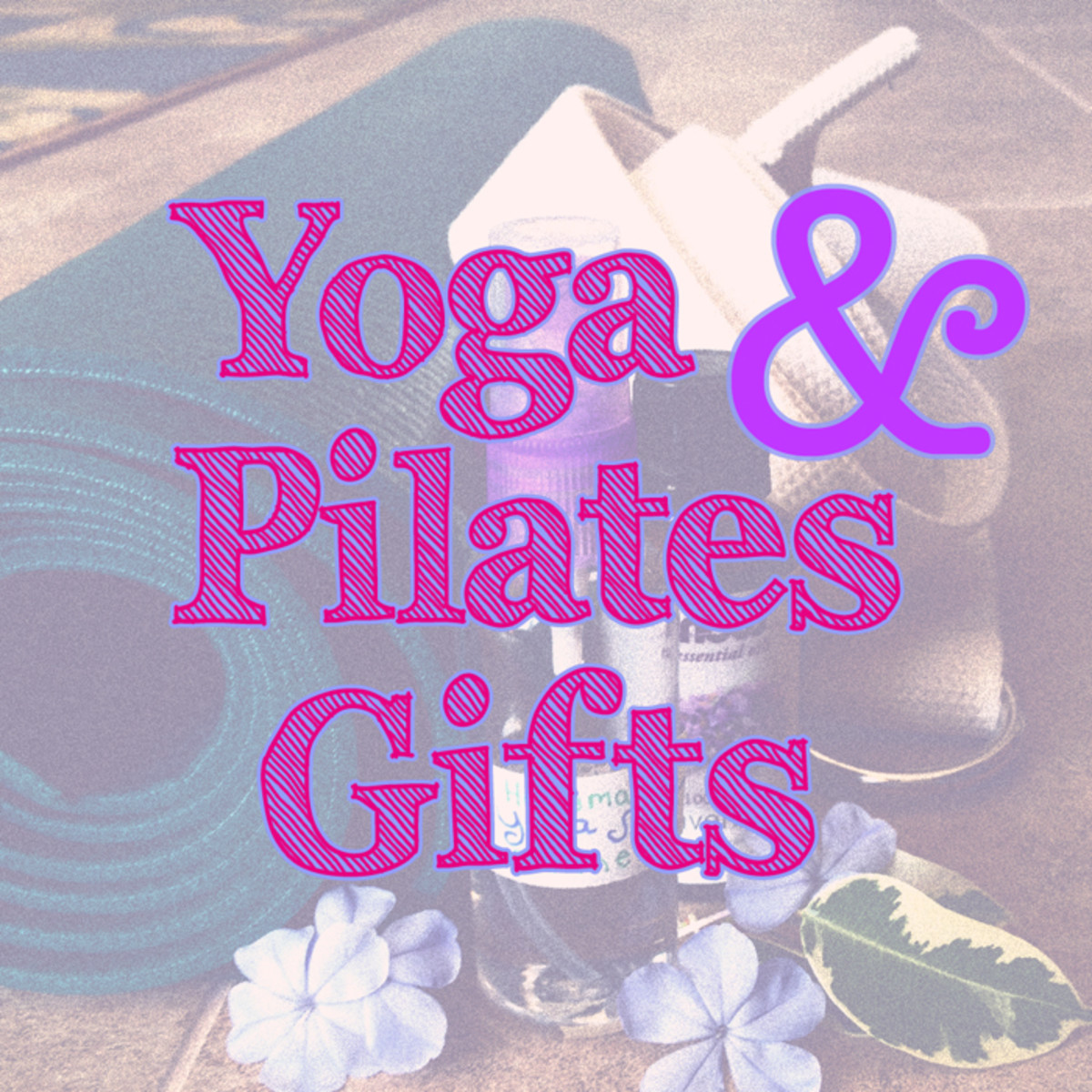Power Yoga Exercises For Beginners
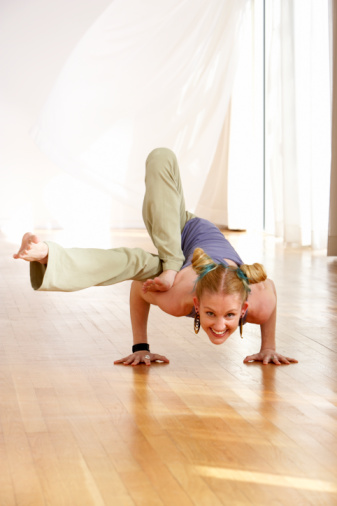
Power Yoga Video
The Challenges of Power Yoga
Power Yoga is the Western term for an intensive style of exercises that are based on the Vinsaya Style of yoga but is more focus on fitness goals. A great majority of the power yoga exercises follow the Ashtanga practice as well. The term for this yoga technique was coined during the mid-1990s when yoga teachers wanted to build something that would encourage more students to partake in this form of yoga.
One major difference with power yoga against Ashtanga yoga is that one is not restricted to follow a specific sequence of poses. Each class is completely unique from the next. However, all exercises included in this format are all intended to promote strength and flexibility. Some experts believed that the advent of power yoga has heralded in the popularity of yoga in the modern days since people began to develop it as part of their workout routine. And while it has a fitness-based approach, it can also be one of the most challenging and toughest styles to adapt. In fact, many yogis believe that you need to attain a certain level of skill in order to cope with the dynamic and challenging exercises.
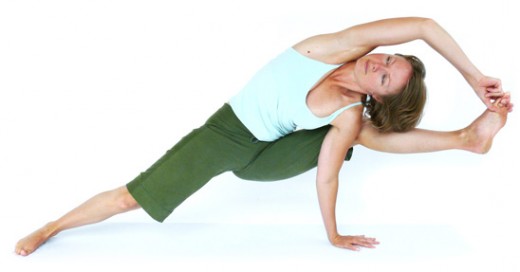
How to do Power Yoga : Tips & Techniques on Power Yoga
Power Yoga for Beginners
Important Prerequisites To Power Yoga Practice
While the benefits of power yoga make it appealing, it is not suitable for almost everyone. There is a great variety involved with each power yoga class but its appeal stems from the fact that it can have significant benefits to your physical appearance. Consequently though, one must also be at a certain level of fitness before s/he can adapt this yoga method.
Moreover, here are some prerequisites one must keep in mind before opting to start a power yoga routine:
- Children below the age of 12 are not advised to partake in power yoga exercises since the core muscles are not yet fully developed around this time.
- A dedicated practice is the key to attaining valid results from performing power yoga exercises. Ideally, you must allot 15 to 30 minutes of your time each day for this.
- There are only two times of day wherein power yoga performance is suggested: morning or evening.
- Avoid eating solid foods 3-4 hours before your practice of power yoga. At best, do this on an empty stomach
Beginner Techniques or Exercises
For beginners to not just power yoga, but yoga on a whole, do not be intimidated with adapting the style of power yoga into your routine. There are some basic exercises suited for beginner level, which you can perform yourself at home without the supervision of a yoga instructor. Provided that you take note of the steps indicated, you will be able to enjoy lots of promising benefits such as lubrication of your major joints to increase mobility capacity. Combining yoga exercises with a proper diet is therefore one of the best means to increase your body's overall mobility.
To find out what beginner power yoga exercises you can learn, read more below.
Power Yoga DVDs
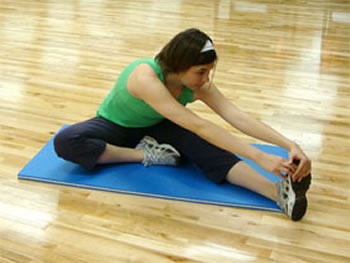
Yogi's Hurdler Stretch
To perform the Yogi's Hurdler Stretch, you will start on a seated position. Once you are comfortable enough, you must raise your left heel and bring it towards your groin area. As for your right leg, extend it forward. Use your hands to grab at your toes and stretch it out to as far as you can manage. You can bend your knees to help execute this out but take note of your back to make sure that it remains straight. Stay in position for at least 30 seconds before switching onto the other side.
This particular power yoga exercise is beneficial for beginners since it provides your entire body with a sufficient warm-up, thus preventing injuries involved with executing the succeeding more complex poses. It provides a good stretching action on your hamstrings, upper back, and oblique. In addition, it stimulates a contracting action on your abdominal muscles and all of the internal organs in that area. Due to its ability to unwind both hips and lower back, this exercise could prove an efficient (or even better alternative) to weightlifting, running, and other throwing exercises.
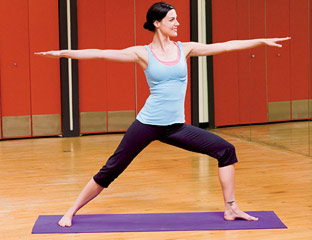
Warrior Lunge Yoga Pose
Warrior Lunge Pose
Here is another position that beginners need to master and learn before moving onto the more complex ones in the power yoga style. This one will be based on a starting position wherein you must begin by using your legs to form a scissor. Make sure they are wide apart but you can still assume the classic lunge. Bend your front leg at the knee and point both toes forward. Push your rear leg as far out as possible to straighten it up. Drop down your lower body into a 90-degree angle and remain in that position for 30 seconds or more. Once completed, you can repeat the entire procedure using the other side.
For this power yoga exercise for beginners, the workout is focused on your quad, gluteal, hip flexor, and lat muscles.
Power Yoga Books
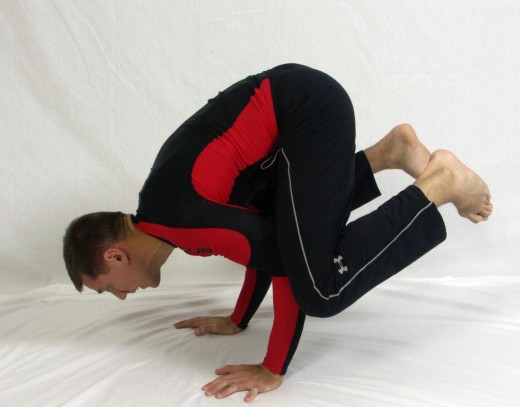
Frog Stand
Simply put, Frog Stand is a variation to the regular yoga squatting position. Therefore, you will begin on a lowly squat and placing your hand on the ground such that your triceps are resting on either knees. Lift your feet off the ground while you tip your body forward. Try to mimic the position of a balanced frog stand. Stay in this position for at least 30 seconds to achieve optimum result.
The Frog Stand focus the workout on your upper body, such that it functionally creates a toning action on your core muscles, arms, and whole shoulder girdle.
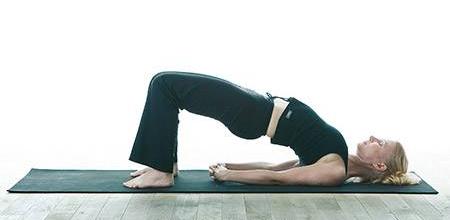
Yoga Poses for Energy : Yoga Bridge Pose for Energy
Bridge Pose
Regardless of your skill level, this particular power yoga exercise is ideal for beginners. From a supine position, bring your knees upward, with knees pointed toward the ceiling and soles flat on the ground. Grab at your ankles and bring your heels closer to your buttocks. Upon inhalation, thrust your belly upward and release your grip at both ankles. With your palm facing upward, dig through your tailbone using the thumb. Then, push your lumbar spine in an upward manner. What you are aiming for is to assume a reverse U-shape position with your body.
This is a good power yoga pose to tone up your spine, especially since most people assume a slouched posture. In addition, it helps to elongate your shoulders, rib cage, abdominal muscle, and wrist joints.





